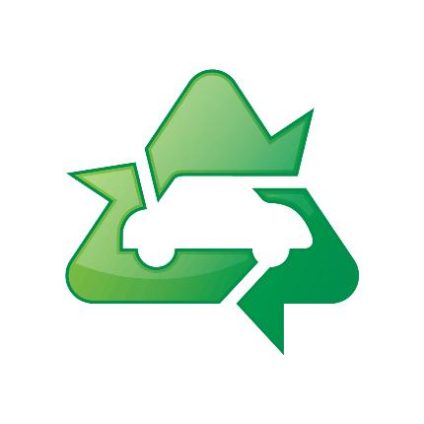Ten years in advance of European regulations Fiat realized the value of end-of-life vehicles and set up an industry that has become an example in Europe

An industry dedicated to the management and valorization of end-of-life vehicles has existed in Italy for more than 20 years. In the early 1990s some companies, perceiving the economic and environmental potential of vehicle dismantling, began to manage end-of-life cars and the materials that could be recovered from them. A pioneer in this all-Italian venture was Fiat who, riding the wave of growing ecological awareness, invested in a business that in a few years has become a world-level industry. We have interviewed Salvatore Di Carlo, Director of Fiat Group Automobiles.
«We were among the first to realize that end-of-life vehicles could be exploited not only in terms of their content in metal, but also in plastic, rubber, and glass, which at the time were just sent to a landfill», he explains «In the industrial process we created the dismantlers were asked to remove not only the metal parts, but also glass and some types of plastic and rubber, and we tried to find markets for materials that until then had never been proper goods. Our goal was economic viability: it was clear from the outset that profits would not be large, but optimizing the process and finding markets for the materials could keep us in the black and ensure effective recycling of plastic, rubber and glass, which otherwise would have to be sent to a landfill».
The team at Fiat therefore began to plan for recovering not only 75% (in weight) of the metal content, but up to 80-84% of the materials that could be rescued from end-of-life vehicles. More than 20 years later the industry employs 30,000 to 40,000 in Italy alone.
«If we exclude ourselves and the dealers, who are involved with new vehicles but are an integral part of the industry, automotive recyclers—dismantlers, crushers and shredders—are several tens of thousands».
The industry’s turnover, which is substantially based on the sale of scrap metal and spares, is harder to estimate.
«But not impossible – says Mr. Di Carlo – if one considers that in Italy there are 1 500 dismantlers, who recover and demolish vehicles and then sell scrap material and spares; more than 600 scrap metal dealers, and 30 large shredders who supply Italian steel works».
With the rise in European End of Life Vehicles Directive recycling targets less than two years away, what are the challenges that lie ahead ?














